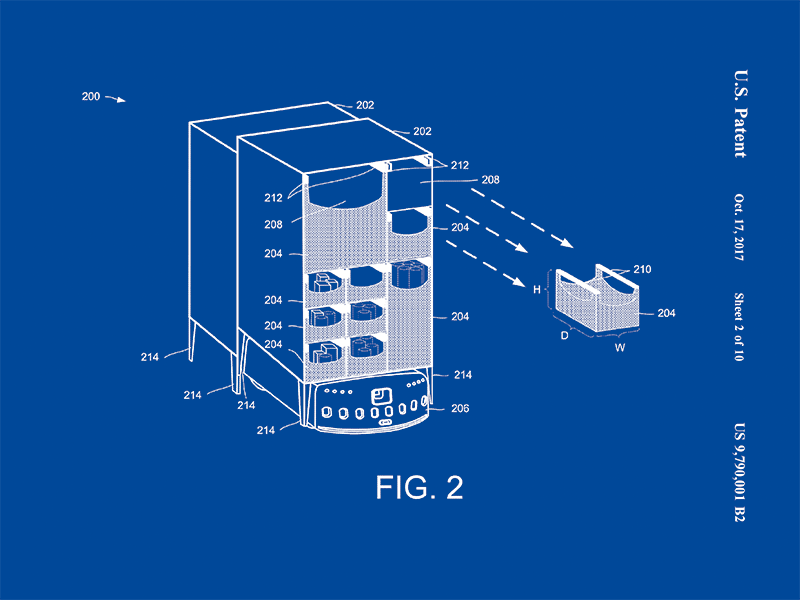Amazon A–Z: Automation
“People forget that John Henry died in the end” – said a writing on a board hanging in one of Amazons offices. The rooms were occupied by a group working on algorithms that suggest new products to customers.
The board is a reference to the protagonist of the American folk tale, a black railway worker who, according to the story, was supposed to compete with a steam engine powered machine in digging a tunnel in the rock. Henry was said to have beaten a mechanical drill, but to die right afterwards from a heart attack.
Amazon, like similar companies in all sectors, relies on intensive automation of its activities, from office workers to warehouse workers. As Christopher Mims writes in "The Wall Street Journal", citing Alex Kantrovitz's book Always Day One, "In the mid-2010s, Amazon initiated a program called 'hands off the wheel,' which replaced many of the functions of Amazon’s white-collar retail workers—those responsible for managing inventory and negotiating with sellers—with AI and automated systems". The bots therefore monitor stock levels, make automated orders or match prices to competing sellers.
However, the most popular issue in the public debate is the automation of physical work. Since Amazon bought Kiva, a manufacturer of warehouse robots, in 2012, the corporation has been filling its new facilities with them. According to Associated Press, Amazon's fulfillment centers already have more than 200,000 robots - in comparison, the company employs almost 800,000 people globally. So far, the increase in employment in Amazon has been the norm, but the reason for it was mainly the rapid development of the company and construction of new warehouses and offices.
It is difficult to say today what will happen, when the company's growth starts to slow down. However, a glance at the patents filed by Amazon draws a vision - a completely automated process in which even a delivery man gets replaced by a drone. For the time being, employees are working together with robots in the warehouses, under the dictate of a growing pace. In the facilities where Amazon Robotics operates, the machines bring and transport goods, carry heavy loads, and sometimes even pack products, reducing human workers to the function of their hand, which is to handle objects to and from a machine.
But what if the future is closer than we think? Martin Ford, an American writer and futurologist, noted that at the pre-Christmas shopping peak in 2018, Amazon for the first time employed fewer temporary workers than the previous year. "Perhaps that’s an indication, that we are about a kind of an inflection point", he says in an interview for the Land of the Giants: The Rise of Amazon podcast.




